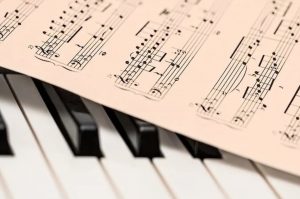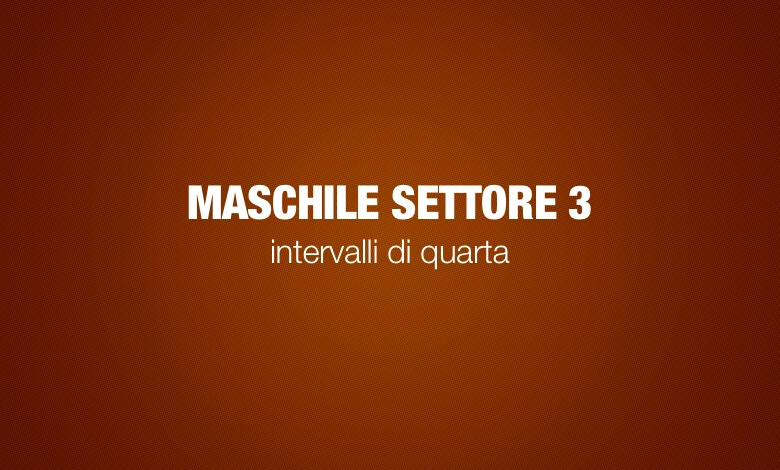Article index
Definition of classic singing and modern singing
The common use identifies two large areas of competence in the methodology for teaching singing and the transmission of vocal skills: classical singing and modern singing.
At the first area of competence, that of the classic singing, the operistic song is commonly ascribed, which in turn traditionally refers to two main methodologies: the historical Belcanto, declined in reciting singing and in the flowery song and virtuosist ICO; And the lunge, father of the Conslatate Verista and the so -called Italian Italian song ".
The musical theater and, traditionally, the crossover also affix this area.
The second area, the one that is generically identified as a modern song, includes a multiple variety of vocality and styles: pop, jazz, soul, rock, metal, just to mention the main ones.
 Classic singing and modern singing: techniques or styles?
Classic singing and modern singing: techniques or styles?
If by vocal technique we mean "the set of historical, stylistic, physiological, mechanical and methodological knowledge that allow the reproducibility of a given sound at any time", obviously after heating, it is clear that both two areas of competence can easily flow into This definition of vocal technique, and that none of the two is a technique in itself, but both are a choice of skills for the benefit of one or more styles.
In fact, an artist never confuses the technique with styles.
Mastery the first with ease to be able to face as many seconds as possible, selecting which skills, among those of the vocal technique, need for a perfect vocal execution that justice to the language, the composition period and to the geographical area of the song performed.
What is the real difference between classic singing and modern singing?
The epiphany of the Self. Each of the two large areas of influence manifests a different method of managing the relationship between the executor and the message conveyed.
 Classical singing, that is the theatrical song
Classical singing, that is the theatrical song
The styles that fall within this area of competence contemplate the absolute need to become anything else from itself, staging not the executor, but the character that the interpreter has the burden and honor of embodying and bringing to the scene .
The character exists independently of the executor, it existed and hesitated before and after his interpretation, and has timbre vocal characteristics and precise stylistic coming from the language, period and geographical area of birth.
The interpreters of a character can be thousands, and no one more than others, except very few exceptional cases, leaves an indelible imprint that removes the character from the score, a true and only source of its vocal and emotional characteristics.
Modern singing, that is the not theatrical song
In the opposite case, for the styles that fall under this great hat, the interpretation provides that the executor is as much as possible, and as such he manifests himself to the public who wants to see, listen and love the interpreter in the splendor of his ego ;
The public also loves the vocal characteristics of its idol, even imperfections, which become a stylistic figure and recognizable brand; All this also applies when the artist in question is a rock/pop star; Creating an alter ego, however "theatrical" may be, is still in the need for being as much as possible.
How many great interpreters has had Violetta de la Traviata di G.verdi in the last 170 years? Hundreds, if not thousands, albeit the historical interpretation of Maria Callas is definitely out of competition.
On the contrary, who is the greatest interpreter of Vasco Rossi's songs?
Only he and he himself; Imagine the disappointment of seventy thousand spectators crowded in the stands of San Siro if another interpreter find themselves instead of the Rockstar. Surreal.
The theatrical song therefore works on objective and coded skills;
The non -theatrical song shocks them.
Read the article: When was the modern vocal technique born?



 Classic singing and modern singing: techniques or styles?
Classic singing and modern singing: techniques or styles? Classical singing, that is the theatrical song
Classical singing, that is the theatrical song



